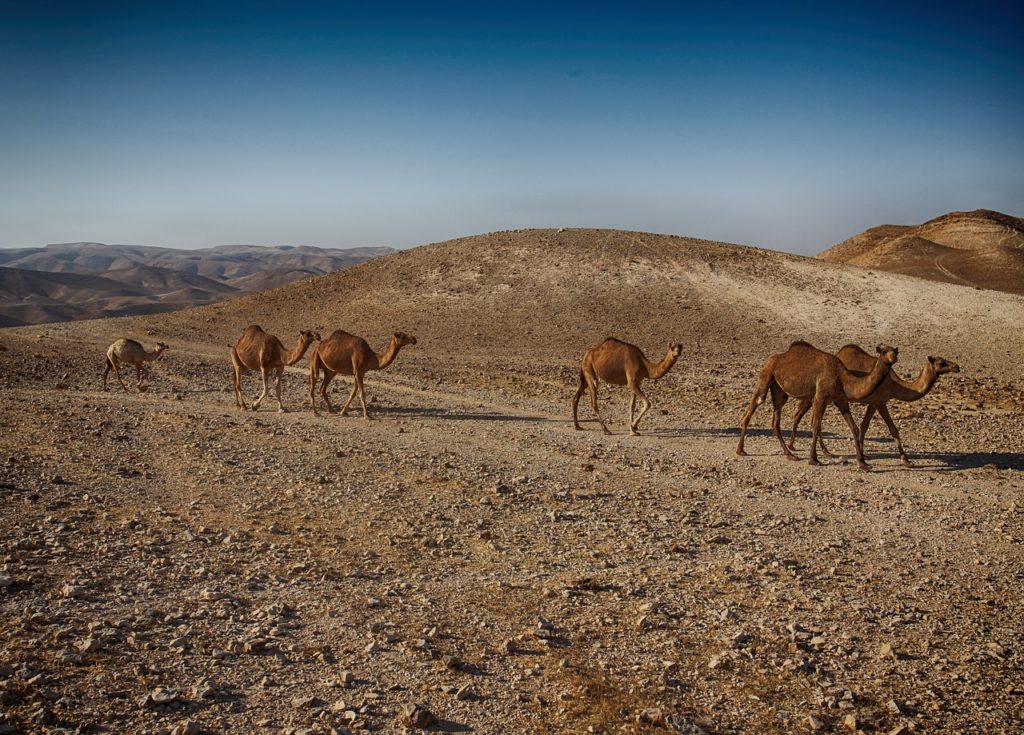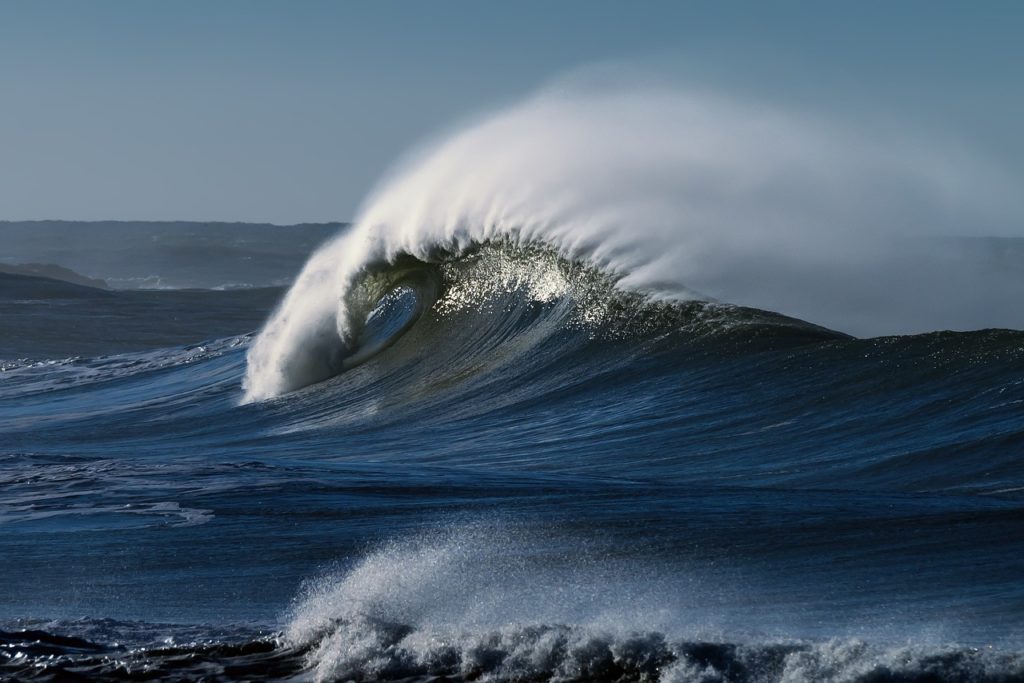Despite being home to the Fertile Crescent, the cradle of civilization where agriculture and cities were born, the Middle East has generally harsh climactic conditions that make human survival difficult.
One of the greatest challenges faced by the region is water scarcity. The Middle East and North Africa (MENA) region supports around 6% percent of the world’s population, but has access to less than 2 percent of the planet’s water resources. It is the world’s driest region and contains several of the world’s most water-scarce countries—including Saudi Arabia, United Arab Emirates, Yemen, and others.
How Bad Is It?
To further complicate the problem, the Middle East is growing. A dramatic population increase is expected to cut per-capita water availability in half by the year 2050.
Obviously, water scarcity is a problem because water is necessary for human life. In addition, water scarcity can spark war and political conflicts, as groups fight for control over dwindling shared resources. Lack of access to clean water can worsen humanitarian crises and civil conflicts, which have plagued the Middle East for decades.

Agricultural Practices and Desertification
Along with water scarcity, desertification is a major environmental issue that is particularly severe in the Middle East, especially because the region has relatively little fertile land to begin with.
Desertification is a phenomenon in which arid, yet agriculturally productive land becomes increasingly drier and unable to support crops. The causes of desertification are many, and it can be difficult to pinpoint just one. Most likely, desertification is caused by a combination of factors, including overgrazing, drought, climate change, and poor farming methods that overexploit the soil. Deforestation can also lead to desertification.
As in many regions, the majority of the fresh water in the Middle East is used for agriculture. For this reason, water-sensitive farming practices and properly managed grazing could greatly mitigate the water crisis in the region.
Urbanization
Urbanization is also a contributing factor to the water scarcity crisis in the Middle East. The region’s population is heavily concentrated in urban centers, many of which developed so quickly that there wasn’t enough time to build adequate water infrastructure.
Desalination Challenges and Opportunities
The MENA region is home to 70 percent of the world’s desalination plants, most of which are located in the Gulf countries. Desalination is the process of turning seawater into water that’s fit for drinking or irrigation.
Despite the fact that desalination plants provide vital fresh water, they may not be the best solution for the Middle East’s water troubles. Ocean water is high in minerals like bromide and boron, which can cause health problems in very high doses. In addition, seawater is often low in other minerals that are important for health, such as calcium.
Desalination plants also harm marine environments. Small fish, fish larvae and eggs, and plankton can be caught in the plants’ intake pipes in the sea. In addition, desalination produces concentrated, salty brine as a byproduct; this brine is discharged into the ocean, where it can alter the salinity of the water and harm marine life.

Moreover, desalinated water is an expensive resource because it takes a lot of energy to remove salt from ocean water. Two methods are typically used in desalination plants: thermal desalination and reverse osmosis. Reverse osmosis is the less energy-intensive of the two processes and much of the world has moved on to using this technology.
Unfortunately, reverse osmosis is only used in about half the desalination plants in the Middle East because the technology still is not fully optimized to handle the high salt content of the Red Sea and the Persian Gulf. Furthermore, the high temperatures in this region often prevent desalination plants from running at full capacity.
However, Saudi Arabia has found an innovative solution for desalination plants: power them with sunlight, which is obviously abundant in the region. Saudi Arabian company Advanced Water Technology (AWT) has partnered with the Spanish multinational corporation Abengoa to develop the Al Khafji desalination plant, the world’s largest desalination plant to be powered entirely by solar energy harnessed by photovoltaic panels.
Water Reuse
Some countries in the Middle East are treating and purifying their wastewater in order to augment their potable water sources. In Israel and Kuwait, for example, treated wastewater is used to water agricultural crops and landscaping. Recycled wastewater constitutes 10% of Israel’s total water supply and 20% of its water used for irrigation. One obstacle preventing more widespread water reuse in the region is the fact that only 50% of wastewater in MENA is treated before being discharged back into the ocean or waterways.
Looking Forward
Despite the twin challenges of water scarcity and population growth in the Middle East, there’s a lot of research and innovation happening within the regional water technology industry. Local and national governments throughout the region, as well as the private sector, are recognizing the problem and working to solve it.

